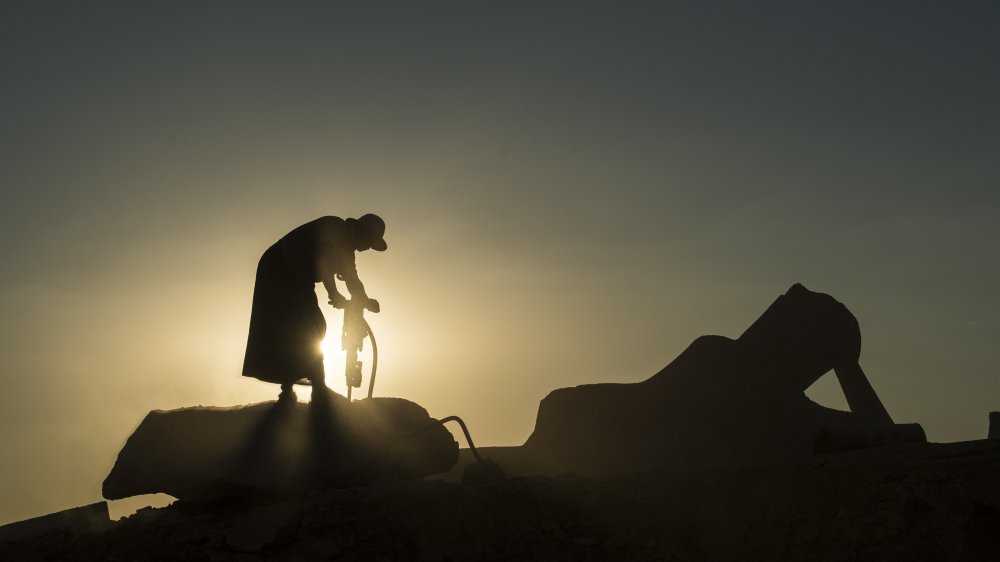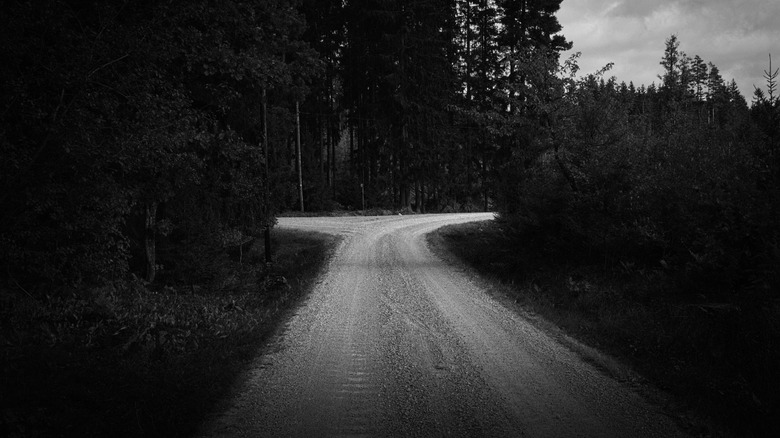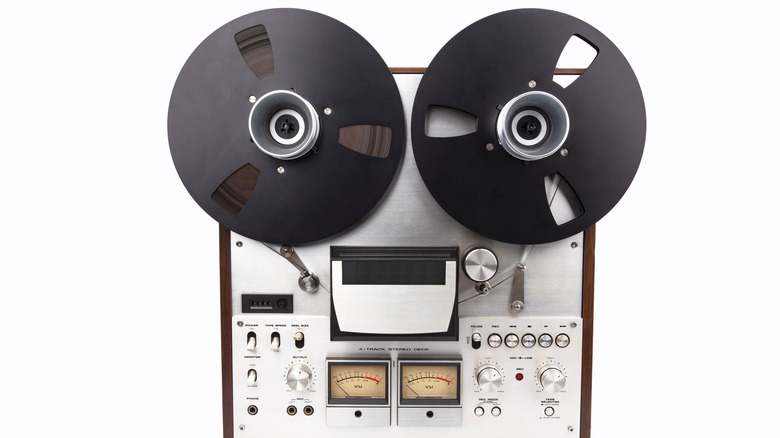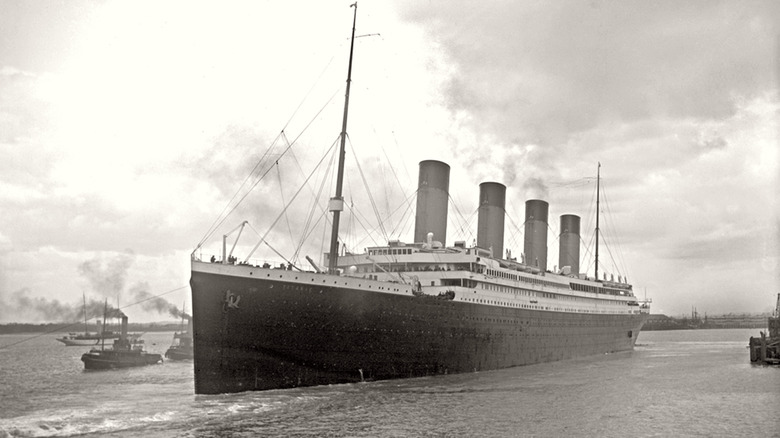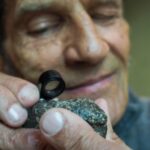
Man’s Keeps Rock For Years, Hoping For Gold; Gets Priceless Meteorite
For all the comic book collectors and mint-condition militants guarding their ’77 Skywalker action figures with AK-47s, here’s a story of hope. It is the story of a man holding on to something for a very long time in the hopes that it will one day be valuable, only to find the item in question was something far more valuable than expected.
The man? David Hole — an Aussie prospector on the hunt for gold in Maryborough Regional Park near Melbourne, according to Science Alert. The find? A “very heavy, reddish rock resting in some yellow clay.” After performing a stirring rendition of Jack Skellington’s “What’s This?“, he took it home and investigated it with the loving hands of a child investigating unopened presents beneath a Christmas tree — shaking, tapping, caressing, and whispering sweet nothings underwater to his igneous companion while in the prefect’s bathroom.
Hole was convinced there was gold inside. After all, “Maryborough is in the Goldfields region, where the Australian gold rush peaked in the 19th century,” perScience Alert.
What's in the rock???
When the sweet nothings did nothing to unlock the secrets within, Hole got serious, trying a “rock saw, an angle grinder, a drill, even putting the thing in acid, but not even a sledgehammer could make a crack.”
So he did what any sane gold prospector would do and took it to a museum, where Melbourne museum geologist Dermot Henry quickly recognized the rock was not of this world, and had fallen from the sky. Though he’d examined thousands of wannabe rocks, this was only the second true meteorite he’d seen.
“It had this sculpted, dimpled look to it,” Melbourne museum geologist Dermot Henry told The Sydney Morning Herald. “That’s formed when they come through the atmosphere, they are melting on the outside, and the atmosphere sculpts them.”
The price is 'priceless'
The meteorite was estimated to be 4.6 billion years old and weighed a massive 37.5 pounds. When cut open with a diamond saw, it was found to have a high percentage of iron, classifying the rock as an H5 chondrite, a common type of meteorite. Technically, this mineral composition is worth less than gold, but that’s not accounting for the fact that it came from space, which makes it incredibly rare.
“The researchers argue that the Maryborough meteorite is much rarer than gold. It’s one of only 17 meteorites ever recorded in the Australian state of Victoria, and it’s the second largest chondritic mass, after a huge 55-kilogram specimen identified in 2003.
“This is only the 17th meteorite found in Victoria, whereas there’s been thousands of gold nuggets found,” said Henry. Meteorites are invaluable means for scientific research.
“Meteorites provide the cheapest form of space exploration. They transport us back in time, providing clues to the age, formation and chemistry of our Solar System (including Earth),” explains Henry. “Some provide a glimpse at the deep interior of our planet. In some meteorites, there is ‘stardust’ even older than our Solar System, which shows us how stars form and evolve to create elements of the periodic table. Other rare meteorites contain organic molecules such as amino acids; the building blocks of life.”
While it may not have been gold, the meteorite is certainly a golden opportunity for science, and that is priceless.

Why Sir Alfred Was Stuck In An Airport For 18 Years

Do People Really Have A Soul? Scholars Weigh In
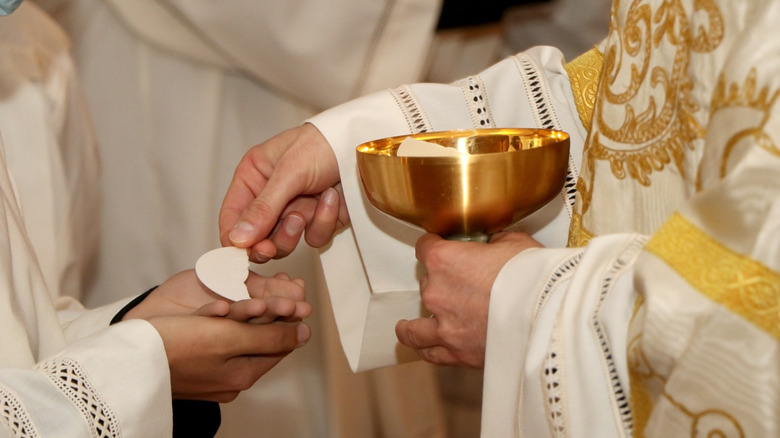
What You Might Not Know About The Roman Catholic Secret Society

The Bizarre Fan Theory Claiming Paul McCartney Is Dead

What It Means When You See A Dead Body Move

Why North Korea Has Actual Fashion Police

The Disturbing Truth About The Vikings' Blood Eagle Execution

France, Despite Coronavirus Concerns, Breaks Smurf Gathering Record

The Dog Breeds That Always Look Like Puppies

Here's How Much Money Vladimir Putin Is Worth
